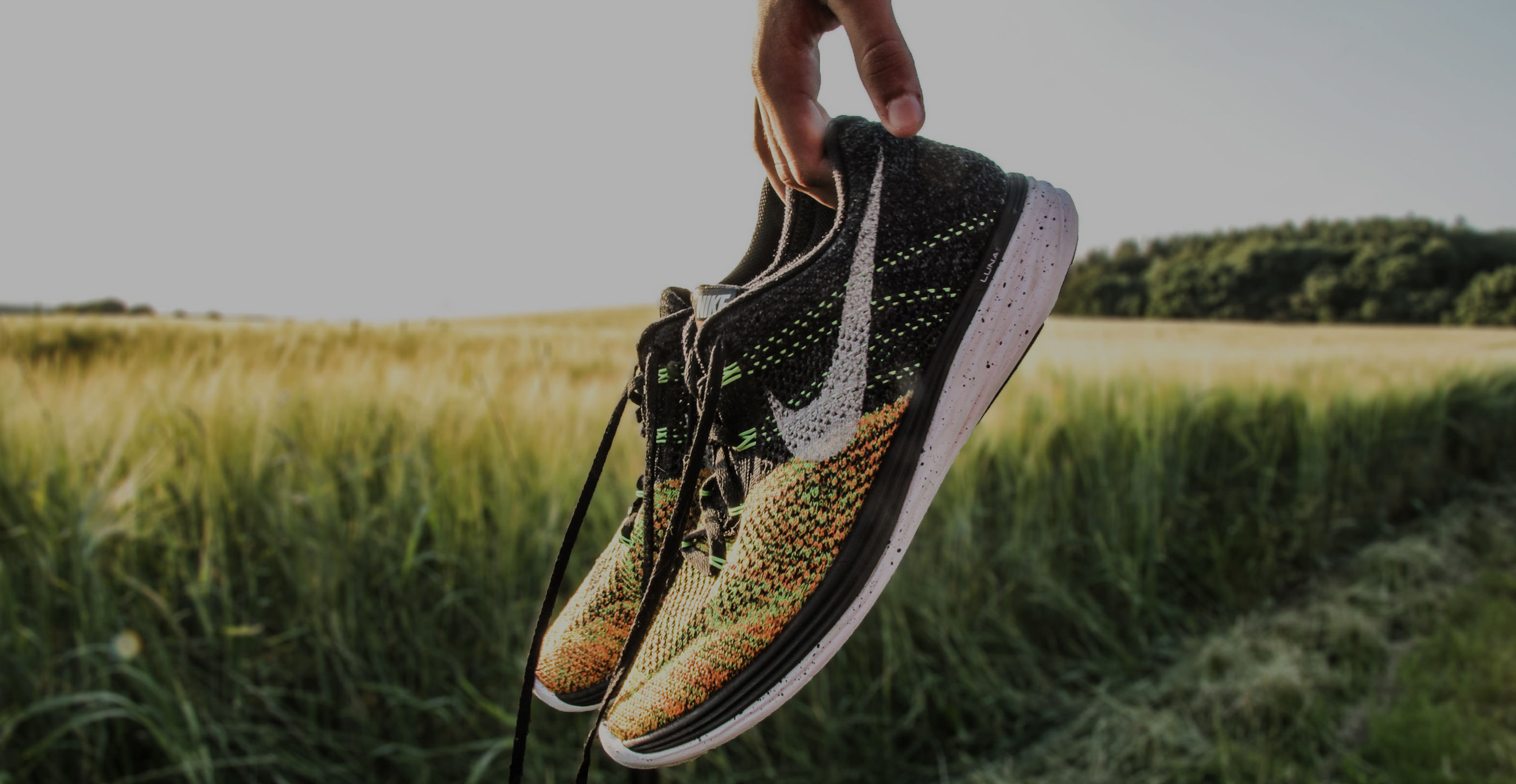Buying a wetsuit
- Flexibility and buoyancy
All wetsuits are a trade-off between flexibility and buoyancy. The more buoyant the wetsuit, the less flexible it is. The reverse is also true the more flexibility you have the less buoyancy there is. Unfortunately, a triathlete needs both buoyancy and flexibility.
At the entry level suit the flexibility is often gained by making the wetsuit thinner around the chest panel; 3mm or 4 mm are often used. This gives you the flexibility you need at the right price point. An entry-level triathlon specific wetsuit is usually between 100-200 GBP The maximum thickness that the rules will permit are 5mm. So it would be illegal to use a 6mm or 7mm diving suit. The higher the price points the more flexible materials and more flexible backings are used. This maintains flexibility while increasing buoyancy. The best combination is often said to be a 5mm neoprene body panels and 1.5mm on the arms and 3mm for the lower legs. This allows maximum buoyancy and flexibility, to optimize the swimmer’s stroke. Top of the range suits are usually between 350GBP and 500GBP
- What is the difference in speed?
The quality of the suit is also related to its speed. The most supple materials and most buoyant neoprene’s are also the fastest. Top manufactures now coat their high-end suits with a silicon coating, called CSC (Super Composite Skin), which helps the suit to slice through the water. The fastest suit will also have a “Nano” coating, which also traps more air between the silicon and the suit and is claimed to increase buoyancy by about 4%.
- Custom Made or Made to measure.
Custom made suits are generally more expensive, but they should fit correctly. However, with ready-made suits in so many sizes and open water swim lakes and endless pools available for testing, it is often easy, quicker and cheaper to buy an off the peg wetsuit, test it out and be confident of the fit. Never buy a suit without wearing it first and if possible try and swim in it before purchasing. Huub, for example, offer between 10 and 15 different sizes per style, which fit most body types.
4.Semi-custom
You can customize many off the peg wetsuits. Check to see if the seems on the arms and legs are taped or not. If they are taped, it will mean that the suit is designed to have arms and legs shortened. Typically by up to 6 inches. This is a useful feature that most triathletes are not aware of.
- Men’s and Women’s Sizes
You should not buy a unisex wetsuit, due to our different body shapes. Always look for male and female specific sizes. Some companies only offer 4 sizes to cover all the range for both men and women. This will mean that you will most likely end up with an ill-fitting wetsuit.
6.Test out the wetsuit in Open water before buying.
If possible you should test out the wetsuit at one of the many open water swim venues that are springing up around the country. In a shop when you are sweaty and sticky you will be temped to buy a suit that is too big. Buying wetsuit that is too big is possibly the biggest mistake made by beginners.
7.What should the right size feel like?
Ensure that it is a snug fit. The arms below the elbow should be particularly tight, also the neck should be well fitted. If there’s a gap the suit will soon fill up with water, which is very irritating when you are swimming.
8.Breakaway Zips
The unique design of HUUB’s breakaway zip allows the quickest exit from the wetsuit on transition of any on the market, due to the innovative zipper design. Find out more here.
9.Warranty.
These wetsuits are expensive, so check out the warranty. One year is the minimum you should aim for; the best companies offer 2 years.
10.Finally, lubrication!
Some people suffer from chaffing around the neck, which can be quite painful. This is another good reason to try out your suit before buying. Products such Body Glide are very good to prevent this rubbing. It is recommended not you use petroleum jelly based products such as Vaseline as they damage the neoprene


